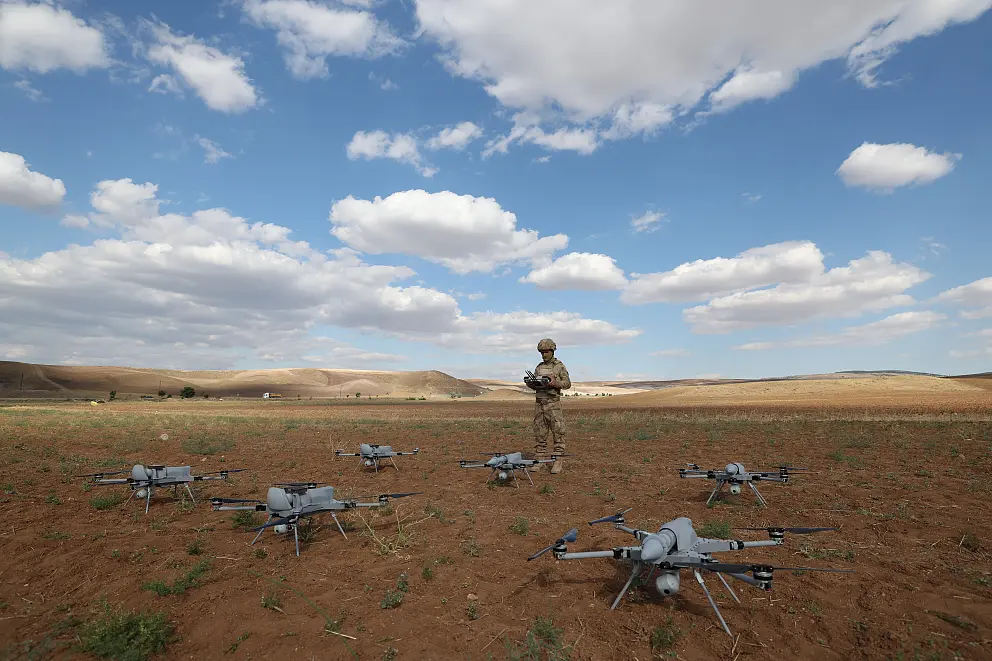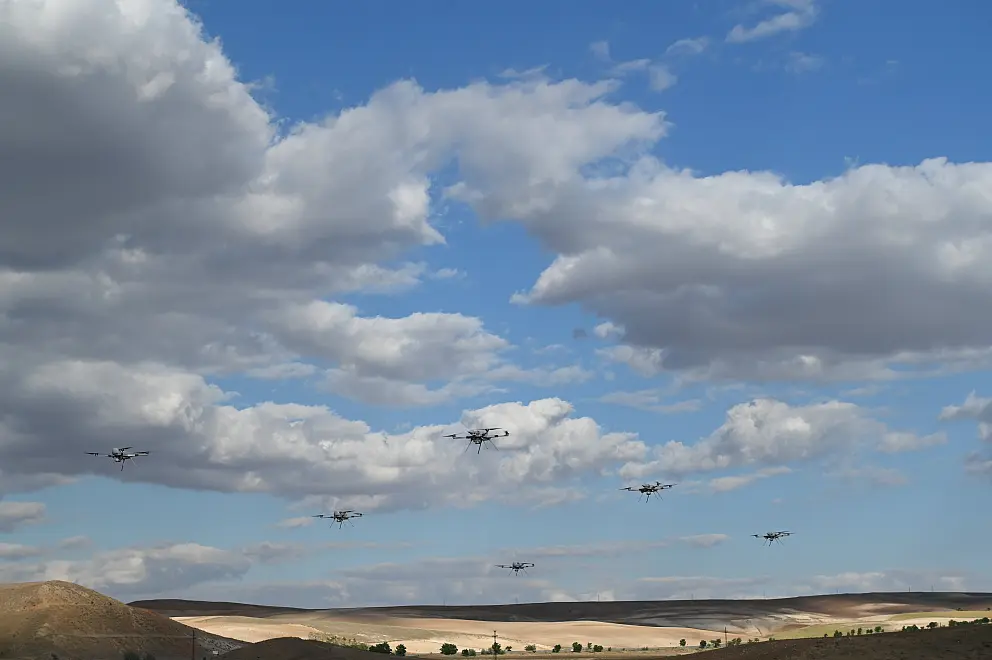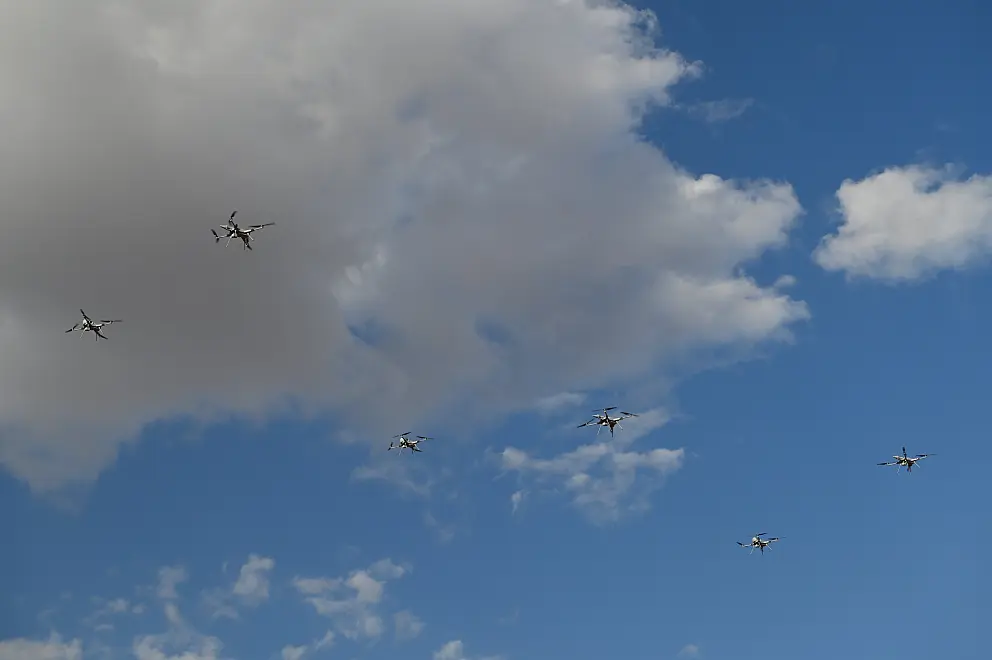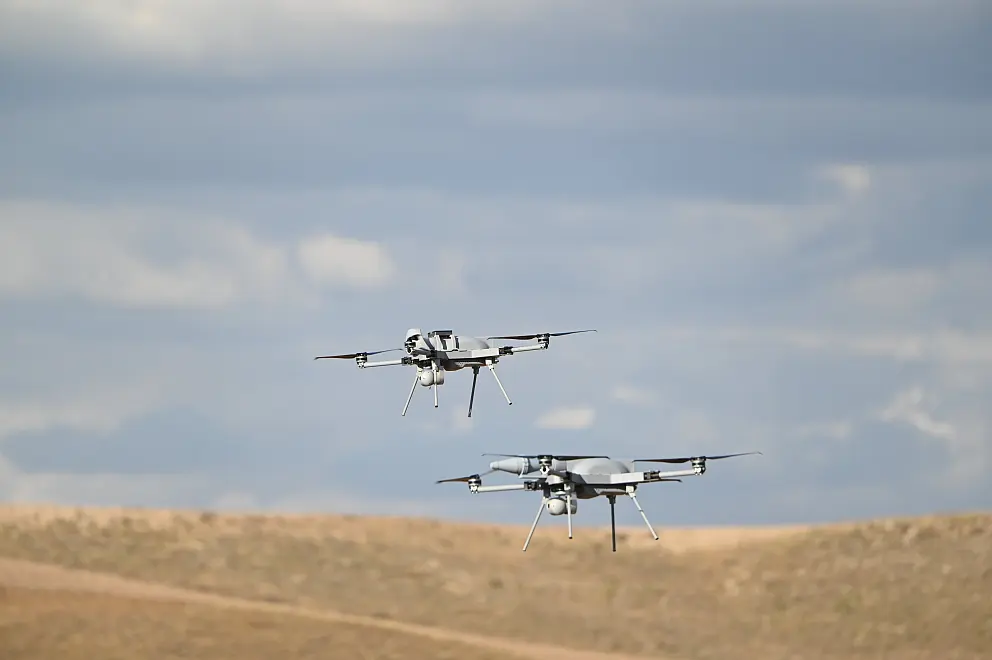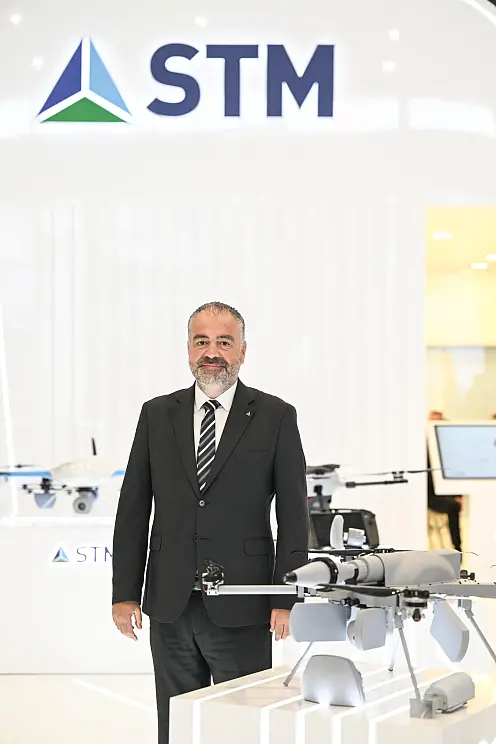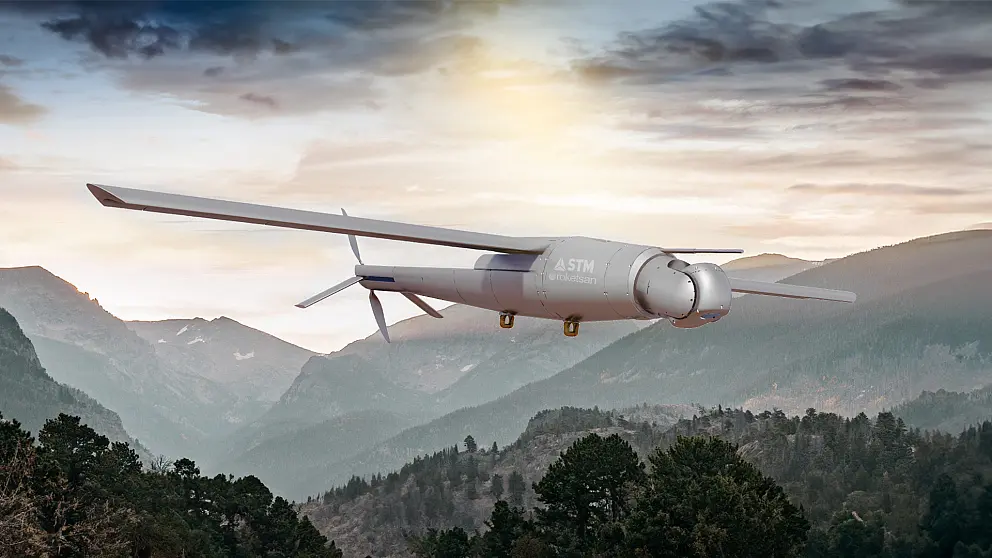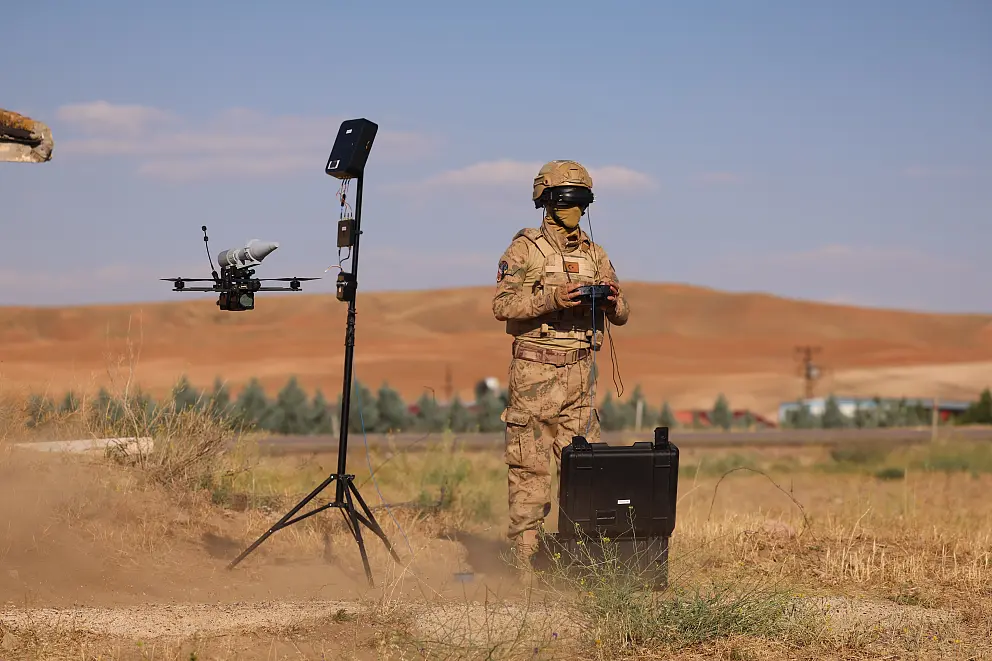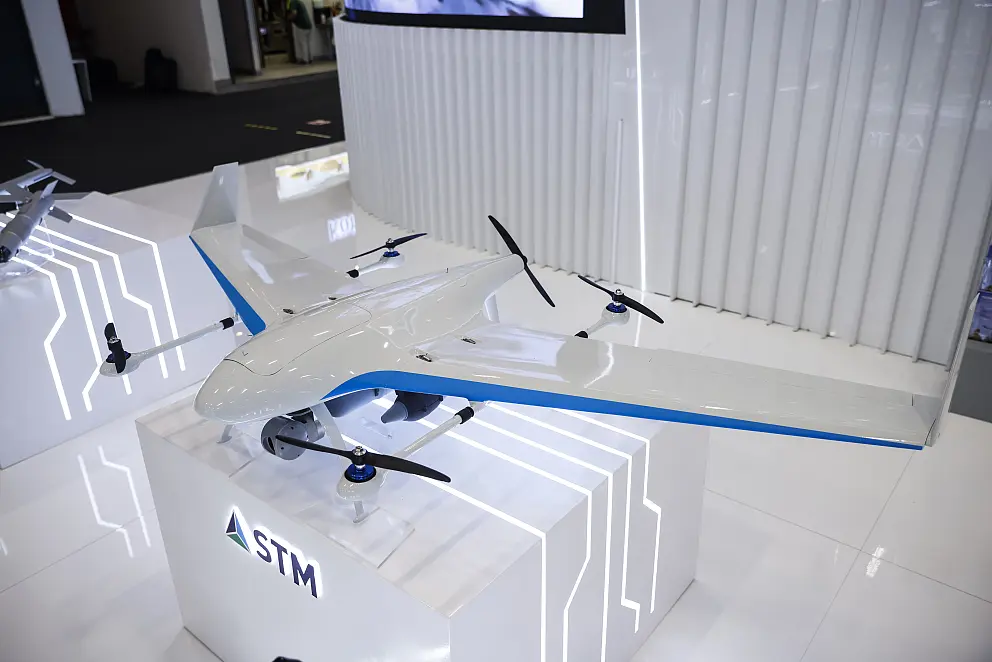STM Unleashes Swarm Drone Power
STM has released exclusive footage showcasing a successful swarm operation conducted by its loitering munition system, KARGU. In the demonstration, six KARGU platforms—equipped with armor-piercing and anti-personnel warheads—conducted autonomous formation flights and executed a coordinated swarm attack on designated targets.
As one of Türkiye’s leading defense engineering companies, STM continues to showcase game-changing technologies through its proprietary swarm drone systems. During the ongoing IDEF 2025 International Defense Industry Fair in Istanbul, STM revealed its swarm capabilities with a new operational video.
Coordinated Strike from KARGU Swarm
In the footage, six KARGU drones equipped with different types of warheads are seen taking off simultaneously and autonomously navigating in formation. Communicating with each other in real time, the drones detect a mock enemy vehicle and a group of personnel. The swarm automatically splits—three KARGUs with anti-personnel warheads dive toward the personnel, while the other three with armor-piercing warheads target the vehicle.
Güleryüz: We Will Lead the Way in Swarm Intelligence
STM’s General Manager Özgür Güleryüz emphasized that the company has long invested in swarm drone capabilities, stating:
“Swarm drone technology is among the most critical capabilities that will define tomorrow’s battlefield. With STM’s fully indigenous algorithms and distributed architecture, we are not only asserting field dominance but also advancing technological leadership. Our swarm systems allow UAVs of different classes to act in coordination and strike targets with high impact simultaneously. This architecture, shaped by STM's engineering expertise, represents a strategic step for both today's operational needs and future autonomous warfare concepts. Through indigenous innovation, we are committed to making Türkiye a global leader in swarm intelligence.”
How STM’s Swarm System Operates
In STM’s swarm architecture, tactical UAVs can communicate, share target data, and autonomously execute coordinated attacks. Powered by STM’s proprietary algorithms and software, the UAVs detect targets, distribute tasks, and optimize flight routes in real time.
Thanks to its distributed control architecture, each UAV is capable of making its own decisions without relying on a central command unit. This ensures operational continuity even if one platform is lost, increasing mission resilience.
Operating under the saturation attack concept, STM’s swarm system allows large numbers of UAVs to saturate and suppress enemy defenses through simultaneous and coordinated action.
The system autonomously matches UAV types with target categories (e.g., personnel vs. vehicle), ensuring precision and efficiency. UAVs can be dynamically added or removed from the swarm in real time, and sub-groups can be deployed for distinct objectives within the mission zone.
Key Swarm Capabilities:
- Swarm Intelligence Algorithms
- Saturation Attack Concept
- Distributed Control Architecture
- Robust Inter-Swarm Communication Infrastructure
- Autonomous formation control
- Collision avoidance
- Real-time target detection and classification
- Task allocation based on payload type
- Target prioritization and task assignment
- CRPA enhanced navigation
- GNSS denied navigation with KERKES integration
- Swarm division and reunion
- Real-time swarm attachment/detachment
